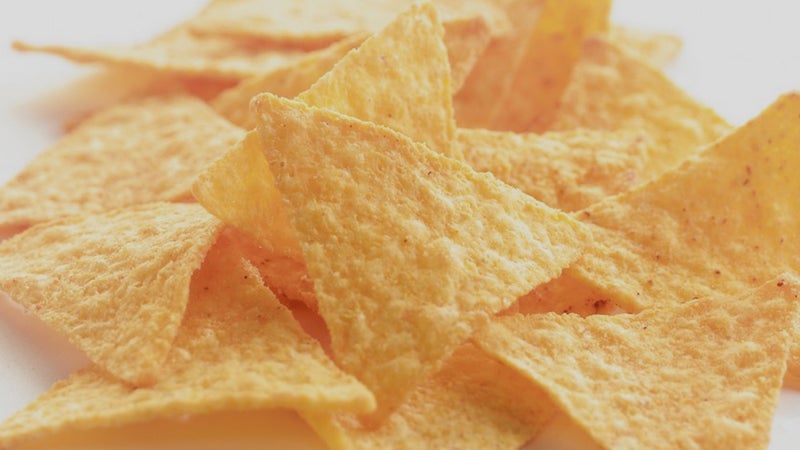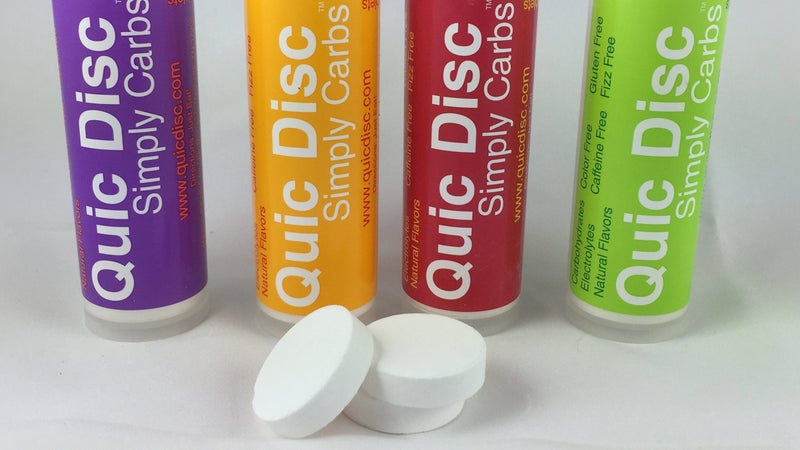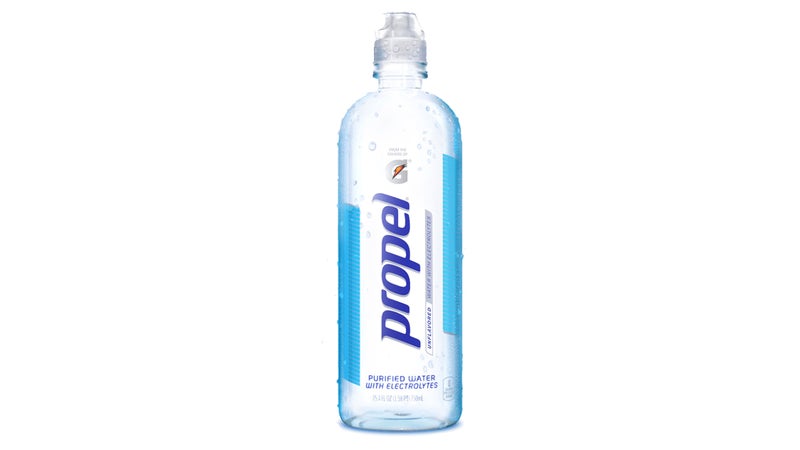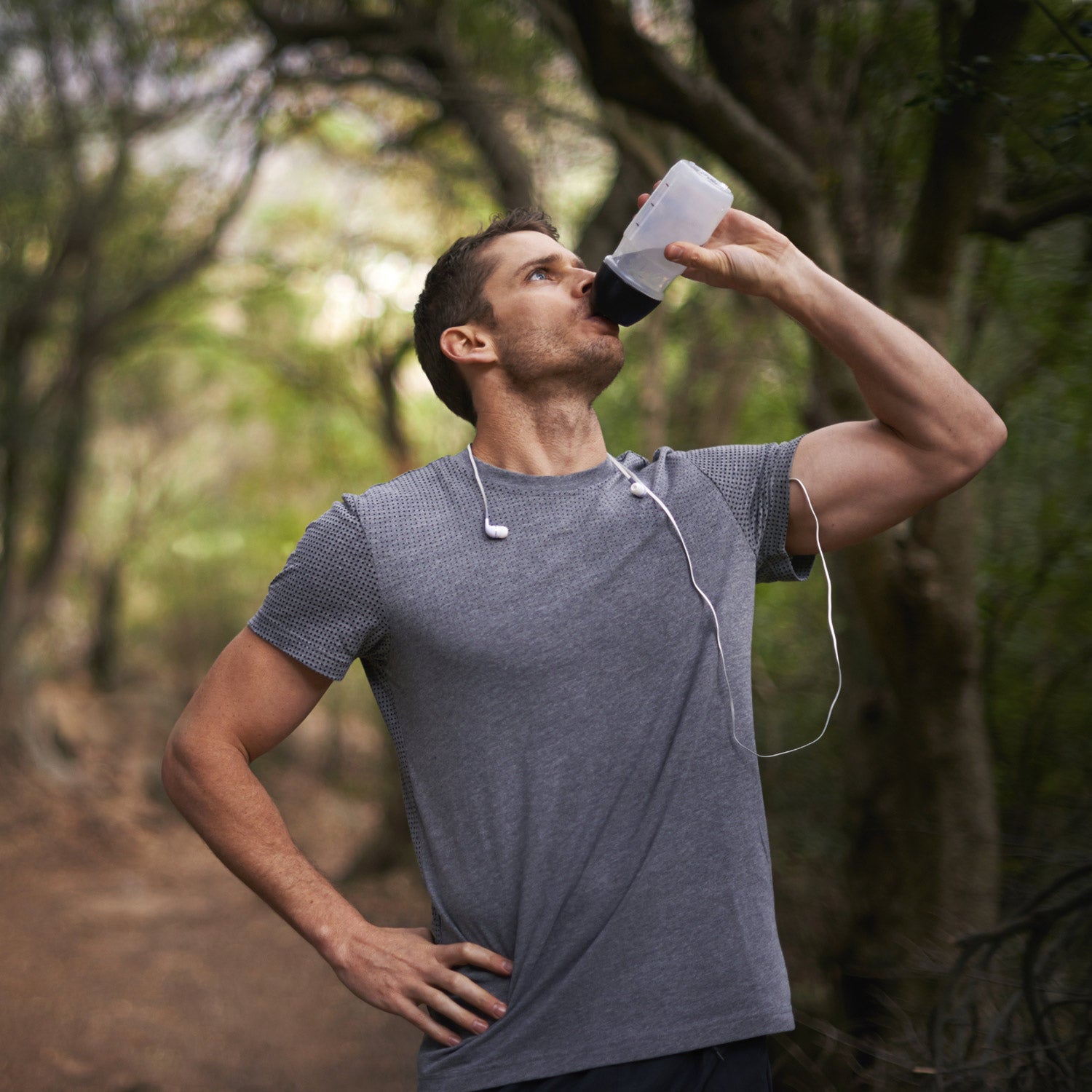Once in a while, I get sent a package of sports food that confuses me. , Zombie bars, water with added fat, the list goes on. Curious and hungry, I decided it was time to put the latest batch of culinary novelties to the test. I then asked sports dietitian and owner of New York City-based Nutrition Energy, , to weigh in on the performance benefits of the bewildering nosh. Turns out it’s all pretty useful—under the right circumstances.
First up:
Meat Chips

What they are: Flavored corn tortilla chips with a calorie count similar to that of Doritos (about 370 calories per 74-gram bag) and marketed toward the high fat-low carb crowd. But have four times the protein—21 grams per bag, the same as a three-ounce serving of chicken. They also have 46 percent less salt, 24 percent less fat, and 24 percent fewer carbs than your standard .
Taste test: The four flavors—Nacho, Ranch, Pepper, and Salsa—taste a lot like Doritos, but the Meat Chips are denser and very filling.
Antonucci says: “On multiple-day hiking trips when you can’t carry meat easily these could come in handy—particularly if you’re sick of the chocolate/peanutty taste of most protein bars.” And as for a post-workout meal, twenty-one grams of protein is right in that sweet spot for recovery nutrition. But at 360 calories, this is a food for an athlete with high caloric needs, like a larger person, or someone who’s been exercising for longer than an hour. Antonucci recommends eating some extra carbs with a few handfuls of Meat Chips for an ideal recovery meal. “That and a piece of fruit should do it.”
Quic Disc Simply Carbs

What they are: Sugar, plain and simple, with a hint of added salt and flavor. contains 10 tablets of 17 calories and 22 milligrams of salt apiece.
Taste test: They remind me of glucose tablets for diabetics, which are packaged almost identically. Yummy flavors like lemon-lime, orange, grape, and wild berry aren’t too overpowering.
Antonucci says: These are ideal as a supplement to a race or workout nutrition plan. But you’d need to eat a lot if you want them to be your primary source of fuel. “Most people in endurance activities are going to need at least 30 grams of carbs per hour,” Antonucci says. “These are only four grams per tab,” so you’d need something else to keep you going “or you’d be eating these pretty often.” That said, they’re easy on the stomach, so if you’re working out and nothing else is going down, a tube of these could be your saving grace. We also found them incredibly useful for impromptu lunch runs.
Propel Electrolyte Water

What it is: Gatorade without the carbs—plain water with sodium, potassium, and magnesium.
Taste test: Tastes like water.
Antonucci says: Before Propel, Antonucci says, most low- or no-calorie sports drinks were loaded with artificial sweeteners, which have been linked to . That makes Propel an interesting addition to the sports drink aisle. “There are times when we don’t need carbs and we just want electrolytes and fluids.” One 24-ounce bottle of Propel contains 320 milligrams of sodium, and Antonucci says athletes may need anywhere between 500 to 1,500 milligrams of sodium per hour spent working out. But, she cautions, “you’re better off a little under than over,” when replacing sodium. And many researchers now believe most American athletes , making supplementation unnecessary.


